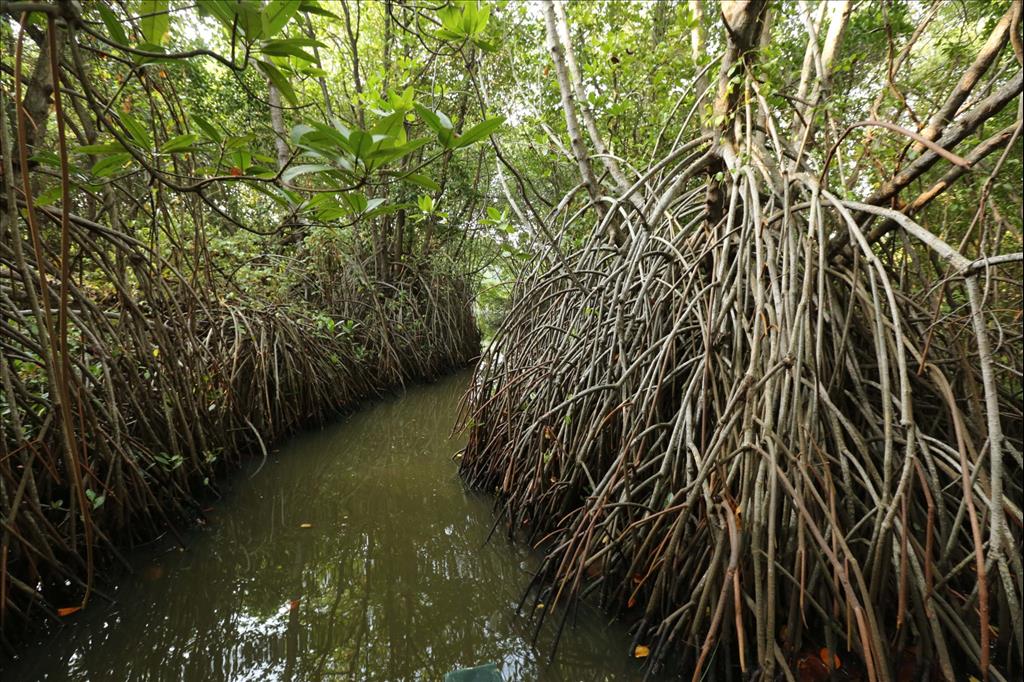
Mangroves In Sri Lanka, Maldives At Serious Risk
- Home News Feature Special Report Opinion Lifestyle / Events Advertorial Tamil Leisure Plus
- About us Contact us Entertainment Fashion Gazette clicks Video Spotlight Privacy Policy
- Home News Feature Special Report Opinion Lifestyle / Events Advertorial Tamil Leisure Plus
Mangroves in Sri Lanka and the Maldives are at serious risk, according to the latest survey by an international conservation group.
The survey said that half of the world's mangrove ecosystems are at risk of collapse as a result of human activity, rising sea levels and extreme weather, according to the latest survey by an international conservation group.
Unless action is taken, a quarter of the world's total mangrove areas could be completely submerged within 50 years, with critically endangered ecosystems in India, Sri Lanka and the Maldives expected to bear the brunt, said the International Union for the Conservation of Nature (IUCN).
“This global assessment has found that 50 per cent of the mangroves worldwide are at risk of collapse, and that is much more than what we expected,” said Marcos Valderrabano, who runs the IUCN's“Red List” assessing ecosystem threats.
Mangrove forests cover around 15 per cent of the world's coastlines and play a vital ecological and economic role, filtering water and providing breeding grounds for fish and other marine life.
As well as storing an estimated 11 billion tons of carbon, mangroves also serve as an important buffer that protects coastal communities against storm surges and floods.
Singapore, which lost almost all of its coastal mangrove habitats as a result of extensive land reclamation, is currently planning a restoration programme that will help defend its low-lying coastline against rising sea levels.
Switzerland-based IUCN assembled more than 250 experts to conduct the survey, and found that climate change was already affecting the spatial distribution of mangrove forests. Damaging ecosystem changes were also being driven by the widespread diversion of freshwater for irrigation purposes, it said.
Valderrabano said mangroves need help to adapt to climate change and become more resilient.
“This will be vital if we want to prevent some mangrove ecosystems from disappearing altogether,” he said. (Reuters / Colombo Gazette)

Legal Disclaimer:
MENAFN provides the
information “as is” without warranty of any kind. We do not accept
any responsibility or liability for the accuracy, content, images,
videos, licenses, completeness, legality, or reliability of the information
contained in this article. If you have any complaints or copyright
issues related to this article, kindly contact the provider above.
















Comments
No comment